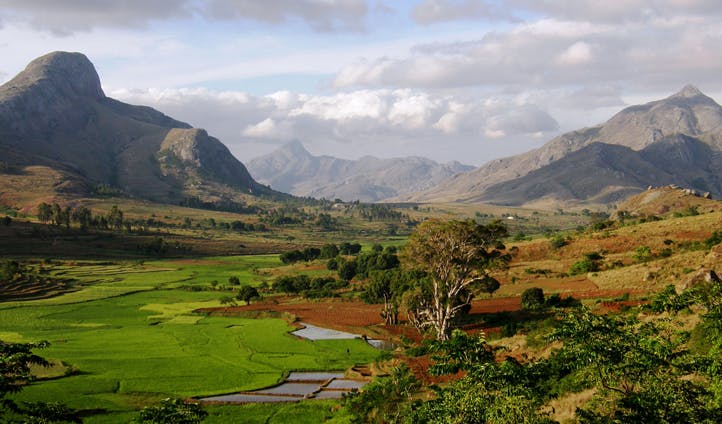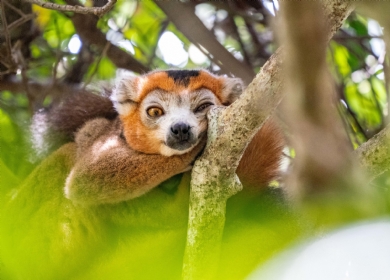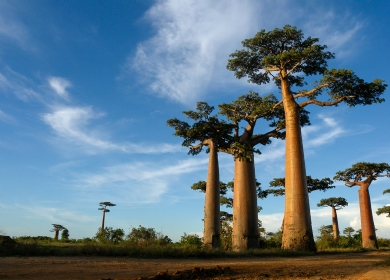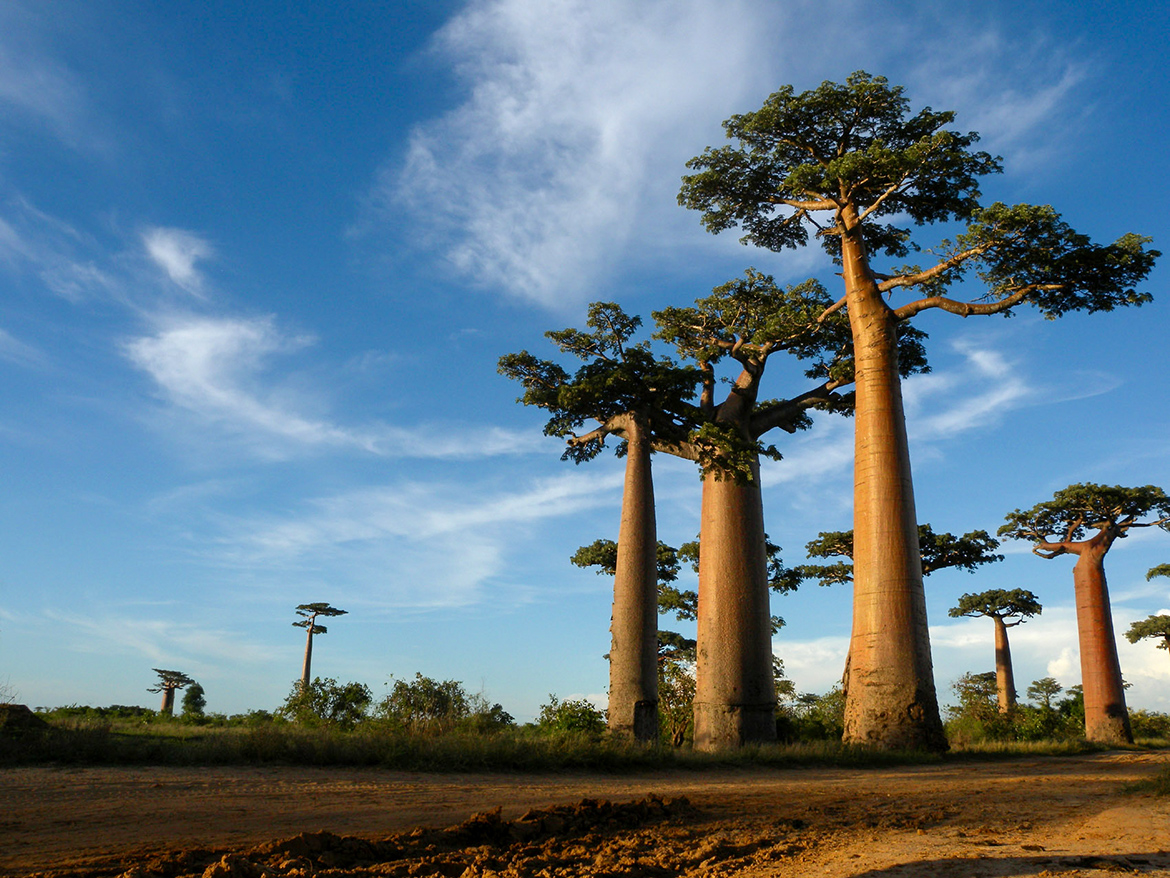
The island of Madagascar is full of varied traditions and cultures, mixing sacred places, particular arts and protected natural areas where a multitude of endemic animals and plants are living. The beaches of Madagascar, with warm and crystalline water that borders kilometers of white sandy coasts, also offer a multitude of activities.
Located in the southwestern Indian Ocean, Madagascar is the fourth largest island in the world. It is separated from the African coast by the 400km wide Mozambique Channel. The island consists of three parallel longitudinal zones—the central plateau, the coastal strip in the east, and the zone of low plateaus and plains in the west.
Most inhabitants of Madagascar speak Malagasy, a standardized version of Merina, an Austronesian language. French is also widely spoken and is officially recognized. English is also spoken and its use has increased.
The climate is governed by the combined effects of the moisture-bearing southeast trade and northwest monsoon winds as they blow across the central plateau. The east coast has a high rainfall, reaching nearly 3,800 mm at Maroantsetra on the Bay of Antongil. As the winds cross the plateau, they lose much of their humidity, causing only drizzle and mists on the plateau itself and leaving the west in a dry rain shadow. The southwest in particular is almost desert, with the dryness aggravated by a cold offshore current. The hot, wet season extends from November to April and the cooler, drier season from May to October.
The animal life and vegetation of the island are in many respects unique. About 40 species of lemurs are indigenous to Madagascar. Several unique hedgehoglike insectivores, such as the tenrec, have evolved there, and there are also many kinds of chameleons of varying size. Birds are numerous and include guinea fowl, partridges, pigeons, herons, ibis, flamingos, egrets, cuckoos, Asian robins, and several kinds of birds of prey. There are about 800 species of butterflies, many moths, and a variety of spiders. The only large or dangerous animals are the crocodiles, which occupy the rivers. The snakes, including the do, which is 3 to 4 metres in length, are harmless.



